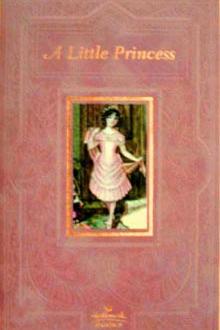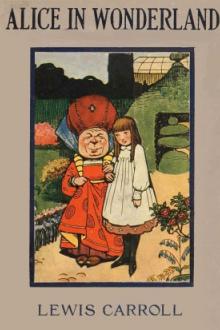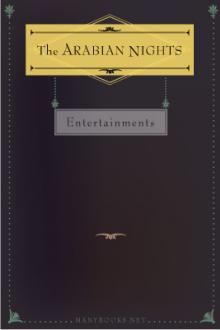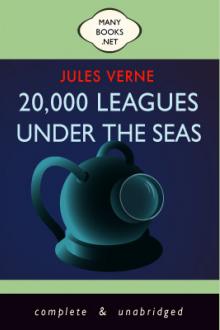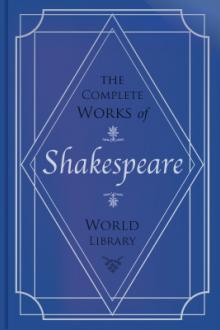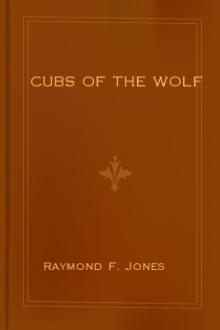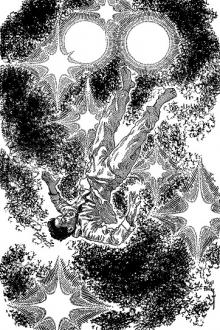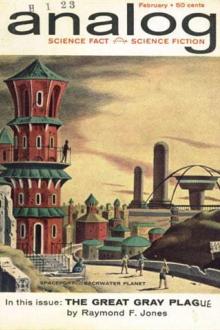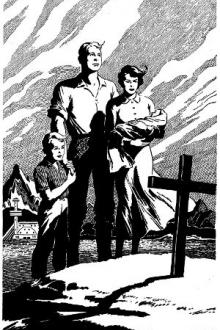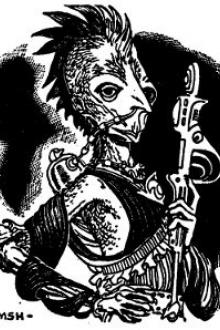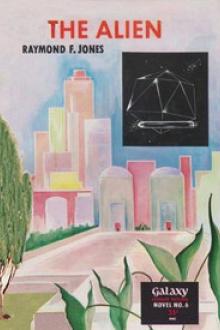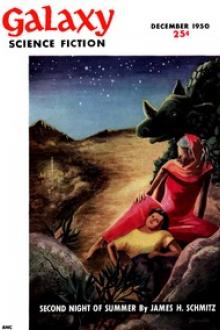The Year When Stardust Fell
The Year When Stardust Fell
A Science Fiction Novel
The copper-yellow glow of the comet seemed to have brought the whole world to a grinding halt. Airplanes, trains, generators and heavy machinery were immobilized. Finally man was left with only a few primitive tools. In the resulting chaos parts of Mayfield were burned and looted by hunger-crazed mobs that stole and killed as they advanced. Here is science fiction at its thrilling best. A startling and thought-provoking book that shows how human nature might react to catastrophe.
Book Excerpt
s the guy who saw fire come down from the sky and decided that was the answer to some of his problems. The witch doctor was too scared of both the problem and the answer to believe the problem could ever have a solution. So he manufactured delusions to make himself and others think the problem would just quietly go away. There are a lot of witch doctors still operating and they're not all as easy to recognize as Granny Wicks!"
They reached Ken's car, and he held the door open for Maria. As he climbed in his own side he said, "How about coming over to my place and having a look at the comet through my telescope? You'll see something really awe-inspiring then."
"I'd love to. Right now?"
"Sure." Ken started the car and swung away from the curb, keeping a careful eye on the road, watching for any others like Dad Martin.
"Sometimes I think there will be a great many things I'll miss when we go back to Sweden," Maria said thoughtfully, as she settled back in the seat, enjoying the smooth
Editor's choice
(view all)Popular books in Science Fiction, Post-1930, Young Readers, Fiction and Literature
Readers reviews
4.3
LoginSign up
Magical substance rains down from comet's tail, bringing civilization to a standstill. A very low-quality Day of the Triffids. I skipped through it to avoid boredom, thus failing to learn if mankind wins or loses.
- Upvote (0)
- Downvote (1)
This book had a tremendous impact on me, when I first checked it out from my elementary school library back in the mid-1960s. This was the one that brought home to me the realization that our civilization is a complex and fragile entity, totally dependent on its technology.
Almost fifty years later, I still found "The Year When Stardust Fell" a gripping read. Most of its defects come from the fact that it was targeted toward the (as publishers thought) exclusively male juvenile SF market of its time, so women appear in a strictly secondary role, making sandwiches for the boys, etc. Other than that, though, this is a fine example of the "Broken Earth" school of SF, with an unusually bleak theme for a juvie.
The story is set in a small college town out West, as winter is coming on and the splendor of a closely-approaching comet illuminates the night sky. As the Earth enters the comet's tail, the town finds itself cut off from the world and thrown back on its own meager resources, when civilization suddenly collapses.
In a brilliant plot device by Jones, the cometary dust contains a strange molecule which causes the metal surfaces it contaminates to bond together. So in a couple of weeks literally every machine on Earth with moving parts is cold-welded into a useless hunk of junk. As the cities dissolve into rampaging mobs of desperate, starving people, a small group of scientists in the college town are the only ones left to identify the cause of the breakdown and then tackle the seemingly hopeless task of finding a way to counteract it.
Plus they'll have to fight to survive cold, famine, sickness, well-armed marauders from the city, and betrayal by their neighbors. And to retain their humanity in the face of some awful realities. There are some surprisingly grim and realistic passages in this novel, especially during the street-fighting when the marauders overrun the town.
All in all, this is a worthwhile and still timely read from one of the greats of SF's Classic era.
Almost fifty years later, I still found "The Year When Stardust Fell" a gripping read. Most of its defects come from the fact that it was targeted toward the (as publishers thought) exclusively male juvenile SF market of its time, so women appear in a strictly secondary role, making sandwiches for the boys, etc. Other than that, though, this is a fine example of the "Broken Earth" school of SF, with an unusually bleak theme for a juvie.
The story is set in a small college town out West, as winter is coming on and the splendor of a closely-approaching comet illuminates the night sky. As the Earth enters the comet's tail, the town finds itself cut off from the world and thrown back on its own meager resources, when civilization suddenly collapses.
In a brilliant plot device by Jones, the cometary dust contains a strange molecule which causes the metal surfaces it contaminates to bond together. So in a couple of weeks literally every machine on Earth with moving parts is cold-welded into a useless hunk of junk. As the cities dissolve into rampaging mobs of desperate, starving people, a small group of scientists in the college town are the only ones left to identify the cause of the breakdown and then tackle the seemingly hopeless task of finding a way to counteract it.
Plus they'll have to fight to survive cold, famine, sickness, well-armed marauders from the city, and betrayal by their neighbors. And to retain their humanity in the face of some awful realities. There are some surprisingly grim and realistic passages in this novel, especially during the street-fighting when the marauders overrun the town.
All in all, this is a worthwhile and still timely read from one of the greats of SF's Classic era.
11/14/2012
Not really dystopian. The hero is thrown into a world where, by a random act of nature, the rules have suddenly changed. Quite enjoyable.
12/05/2010
I was attracted to this read because I love dystopian sci-fi stories. This is an easy read with a relatively simple plot. A good read for young teenagers and adults seeking a light read. The first half of the story sets the scene and is a bit dull due to the shallow interpersonal relationships between the main characters. Enhancing the interpersonal complexity and tension would have done a lot to spice up the first half. The second half of the story really steps up a level and becomes interesting because this is where the main themes that Jones (the author) wanted to explore are exposed: The susceptibility of man to the forces of the universe, the desperation of human survival, the ‘social survival’ paradox of needing to both cooperate and compete with others in order to survive, and the vulnerability of humankind due to its heavy dependence on tools & technology. It is the exploration of these universal themes that make this story interesting. For those seeking in light & easy sci-fi read, I would certainly recommend it. For those who like heavy sci-fi or interpersonal ‘space-drama’ type sci-fi, there are better reads.
Shanan Dean ... www.shanandean.com
Shanan Dean ... www.shanandean.com
10/22/2010
I never read this one as a kid, but I've just finished it and it's good. I wish now I had read it when I powered through all the Winston books in my school library!
10/16/2010
Wonderful. A simple yet intelligent tale of science vs. superstition and reason vs. intuition. It'll make you think, make you hold your breath on the edge of your seat. Probably one of the best free e-books I've read. Fantastic.
10/10/2010
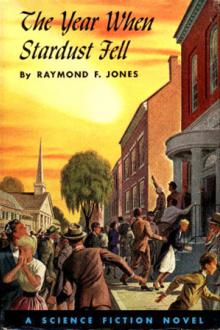
 Free Download
Free Download














